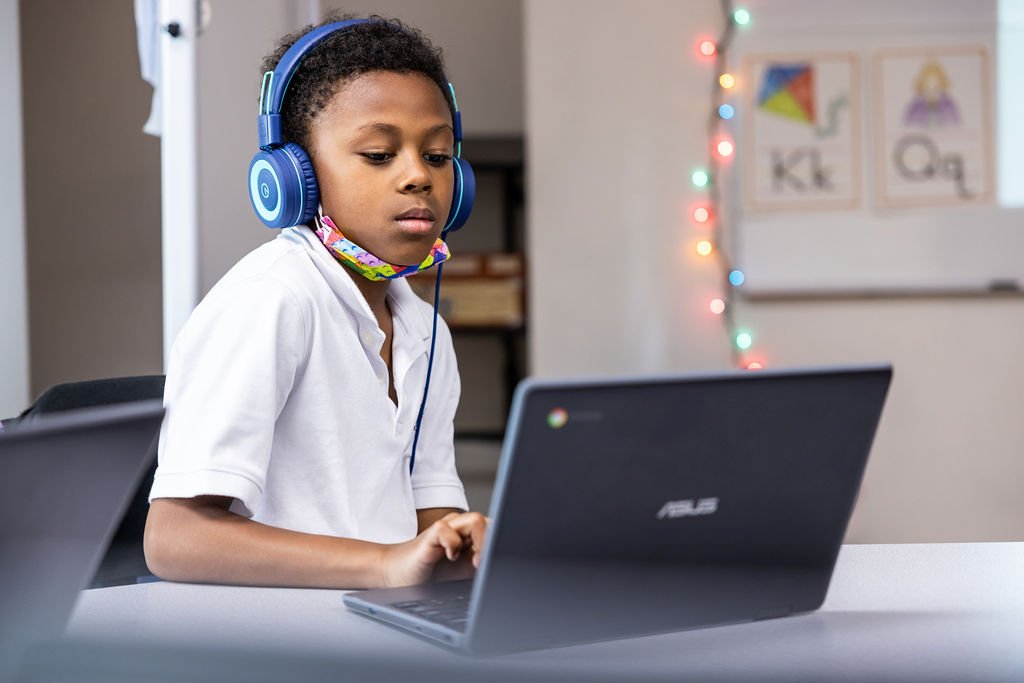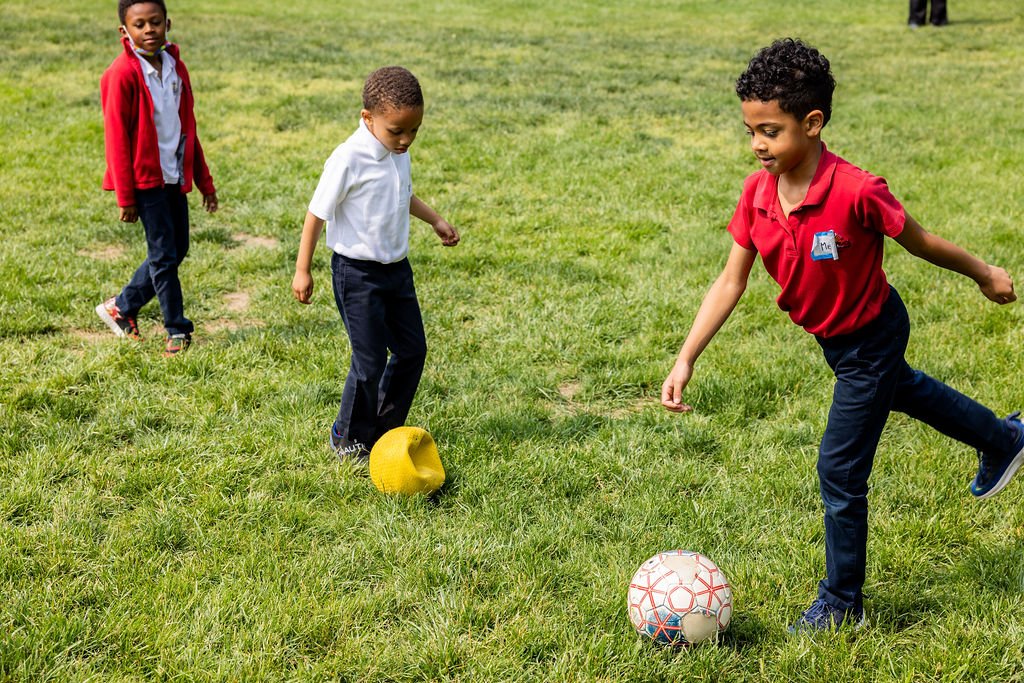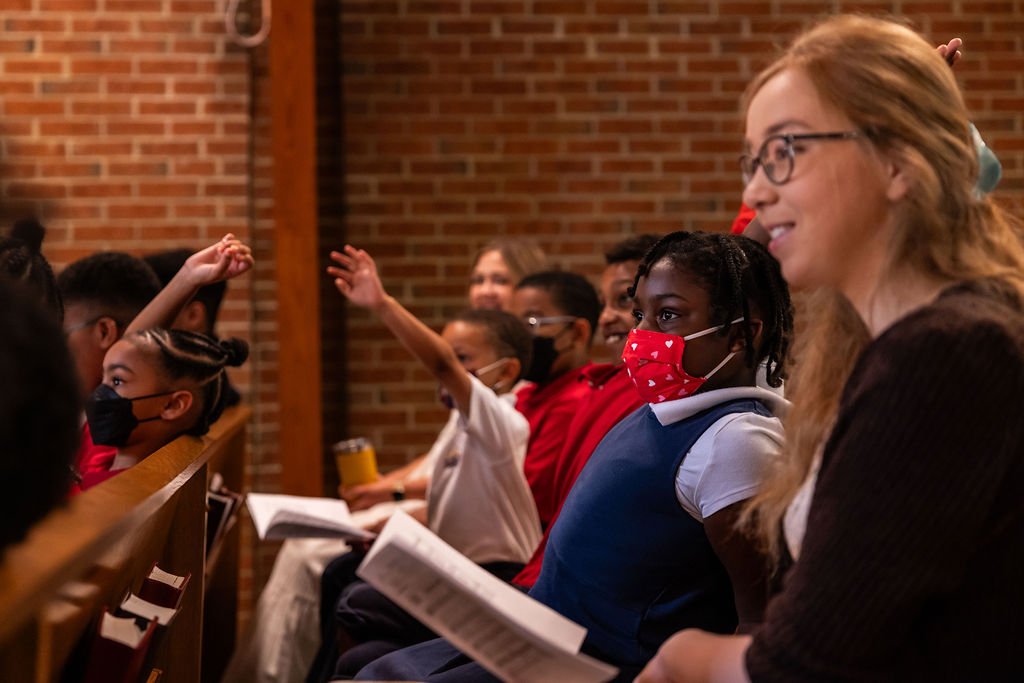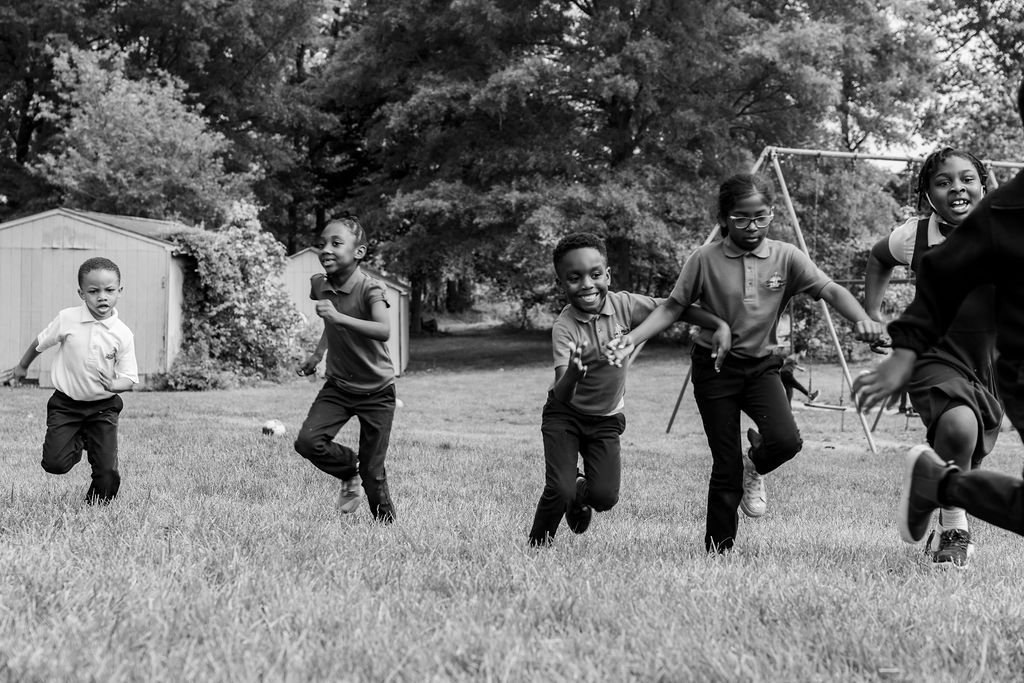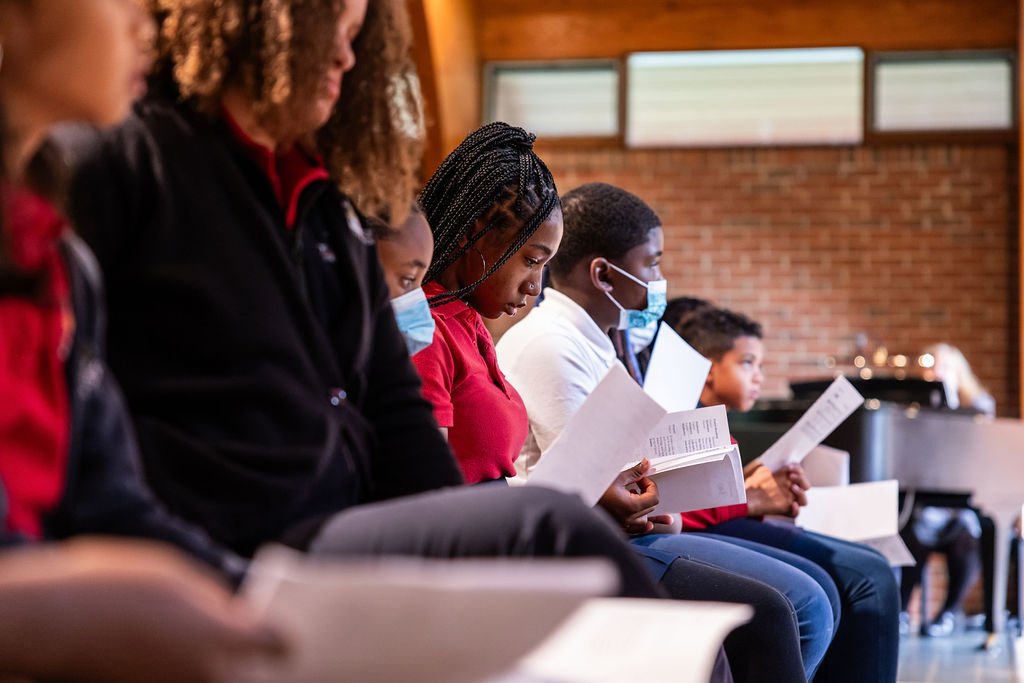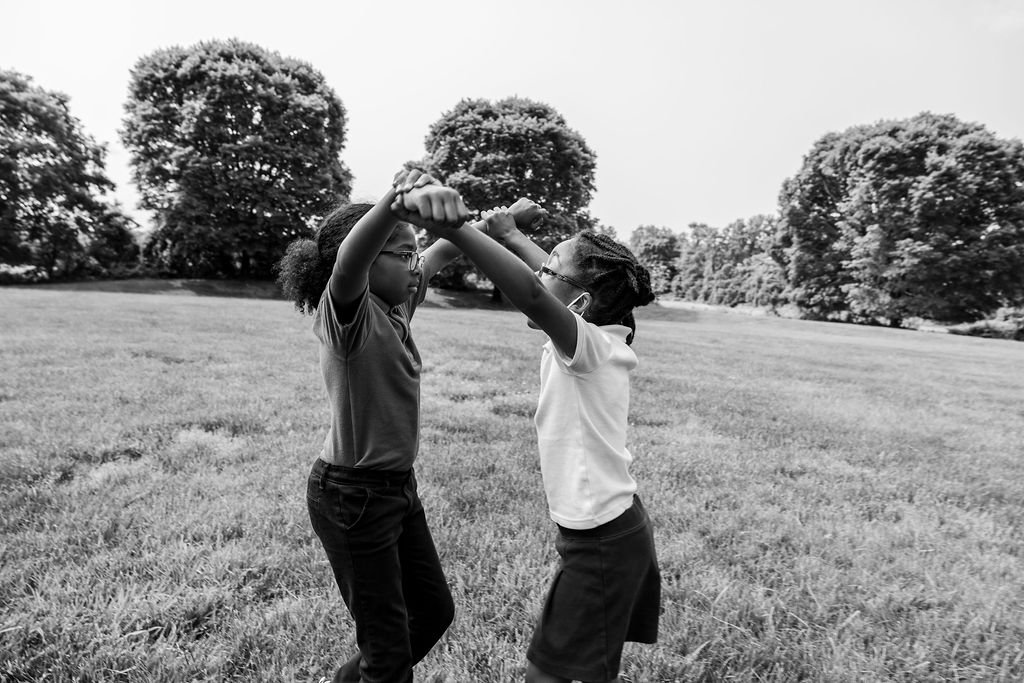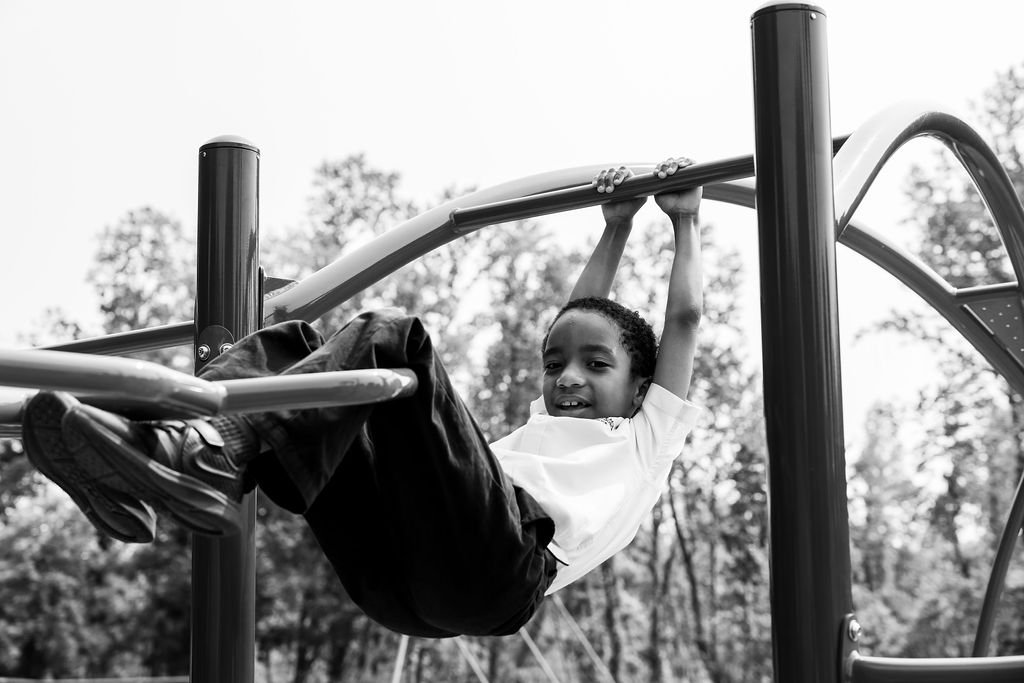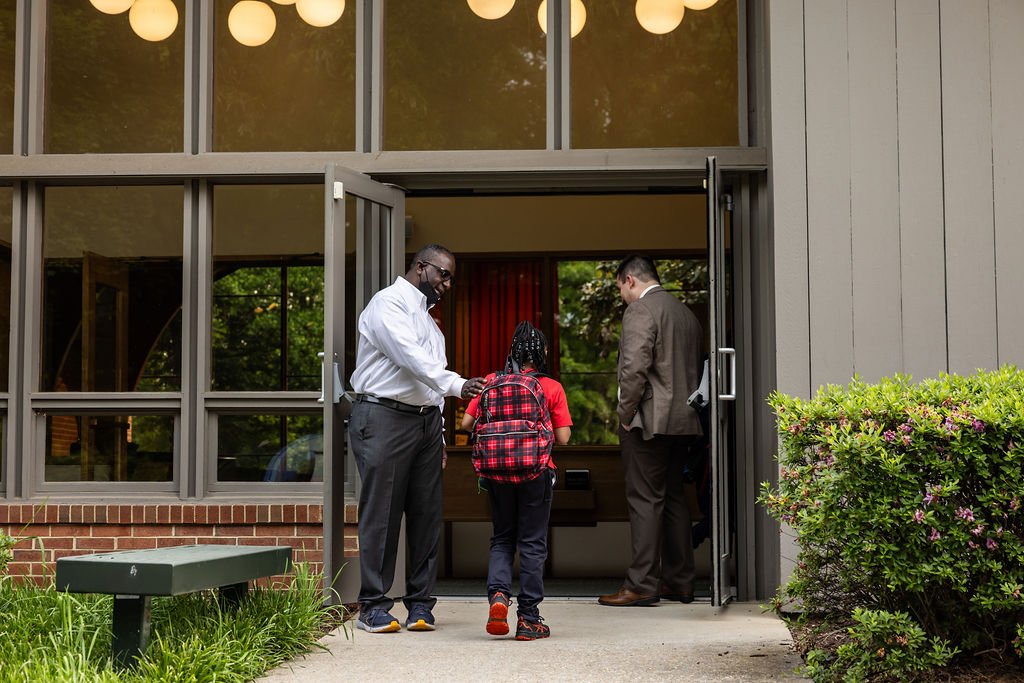3rd - 5th Grade
Our Grades 3-5 classroom is structured to assist students in building on the foundational skills previously laid, continuing to make use of cooperative learning, gaining confidence in problem-solving, and working toward more independence. In addition, the classroom teaches and fosters respectful and courteous peer interaction, socialization in multiple environments, and self-discipline for effective time management. We have a well-rounded curriculum that creates a solid foundation for lifelong learning. All subjects are taught in the light of God’s Word to ensure a Biblical view of the world.
Our classroom includes learning centers focused on art, science, math, phonics, and more. Chromebooks are used to enhance learning in the classroom. Physical education, music, and art are each taught once a week.
CURRICULUM
Language Arts: Using a combination of techniques, we continue the work of creating a desire for and a love of literacy. Implemented practices to help reach this goal include large group read-alouds, small guided reading groups, explicit and systematic phonics instruction, practice and recognition of high-frequency words, use of vocabulary in context, and independent reading practice. Students continue building on prior skills of decoding new, unfamiliar words, as well as using text to support understanding. Different genres of literature are read and explored. This creates an opportunity for students to compare and contrast texts, and to build an understanding of story structure, characters, and cause and effect. It also encourages students to infer and predict as they read, to form conclusions, and to analyze and evaluate text. Students practice sequencing events, summarizing, and using text and graphic features. They learn to identify an author’s purpose and point of view, a text’s main idea and supporting details, and theme. In addition, students work on word patterns and vocabulary in spelling. These skills and procedures carry over into daily writing practice. Writing instruction focuses on grammar, conventions, and parts of speech, with an emphasis on writing composition. Students are instructed in and practice manuscript and cursive handwriting in the Zaner-Bloser style. Work in reading and writing are carried out using the Super Kids series in Grade 2 and Houghton Mifflin Journeys in Grades 3-4. Work in grammar relies on Houghton Mifflin English for Grades 2-4.
Math: Using manipulatives and other hands-on activities, students are introduced to, learn, practice, and begin to understand various mathematical concepts. Grade 2 concepts include addition and subtraction with and without regrouping, place value to 1000, interpreting data and graphs, geometry (solid figures, plane figures, congruency, symmetry, transformations), money, time, measurement, fractions, multiplication and division. Grade 3 concepts include place value, addition and subtraction of larger numbers, multiplication and division, measurement (customary and metric), time, geometry (polygons, lines, angles, perimeter, area, volume), statistics and probability, fractions, decimals, and algebraic expressions. Grade 4 concepts include place value, addition and subtraction, long multiplication and division, measurement (units of length, capacity, and mass), temperature and time, statistics and probability, fractions (equivalent fractions, simplest terms, addition and subtraction), geometry (rays, angles, lines, area, perimeter, volume), decimals, and algebraic expressions. Students solve word problems and simple equations. Our classrooms use Sadlier-Oxford Progress in Mathematics.
Social Studies: Interactive activities and explicit instruction help students learn about, make connections to, and understand communities, people and places, regions of the United States, and Maryland state history. Topics introduced and studied are: the ways in which our communities are similar and different, how our individual communities are part of larger local, county, state, national, and world communities, landforms, and the way in which geography and Earth’s resources influence where people live, the difference between goods and services, the levels of government (local, state, and federal) and its history, indigenous peoples, early explorers and the colonization of the United States, peoples’ customs, holidays, and celebrations, the rights and responsibilities of being a good citizen, and the change in technology over time. In addition, students practice various skills in reading, understanding and using maps and other reference items, reading and interpreting charts and graphs, and thinking. Scott Foresman Social Studies Communities, People and Places, Regions, and Gibbs Smith The Maryland Adventure serve as the guides to classroom instruction.
Science: Using explicit instruction along with experimentation and hands-on labs, students will explore, connect to, and learn how scientists work, the role and various uses of technology in the world around us, the engineering process, plants and animals, ecosystems, Earth’s resources, weather, the solar system, changes in and properties of matter, forces, simple and compound machines, energy, electricity, and motion. Our classrooms use Houghton Mifflin Harcourt Science Fusion.
Word of God: Using the Bible and Concordia’s One in Christ curriculum, students learn how God created the world and each person, and above all, how God promised and provided a Savior from sin, and how God continues to care for His people today and through eternity. Students continue learning about the Triune God, the life of Jesus, the redeeming work of Christ and His resurrection from the dead, as well as the eternal blessings received through faith in Christ. Students also learn songs and hymns that teach Biblical truths and memorize portions of Scripture to build and encourage them in their walk of faith and in their life.
